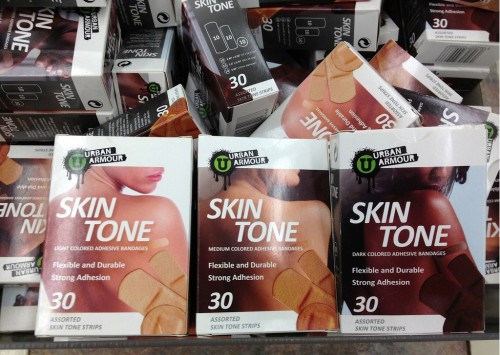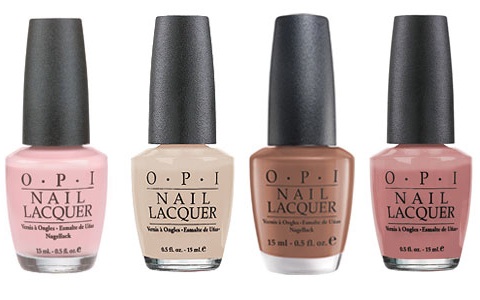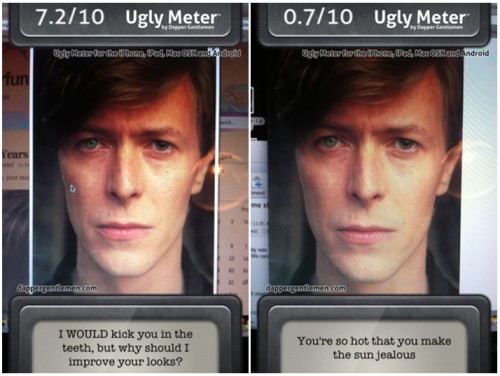Oops they did it again. What color do you think graces the bottle and packaging for Rihanna’s new fragrance, named “Nude”? You guessed it.
The deep and abiding centrality of whiteness is made especially clear when words like “nude” are used to describe light tan even in the context of a darker-skinned woman. It happened to Michelle Obama too. Thanks to @GenderPolitics on Twitter for sending us the tip!
We’ve many examples of this phenomenon. All can be found on our Pinterest page, titled “What Color is Flesh?“
Lisa Wade, PhD is an Associate Professor at Tulane University. She is the author of American Hookup, a book about college sexual culture; a textbook about gender; and a forthcoming introductory text: Terrible Magnificent Sociology. You can follow her on Twitter and Instagram.













